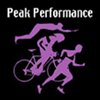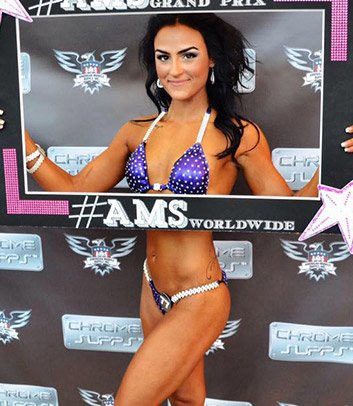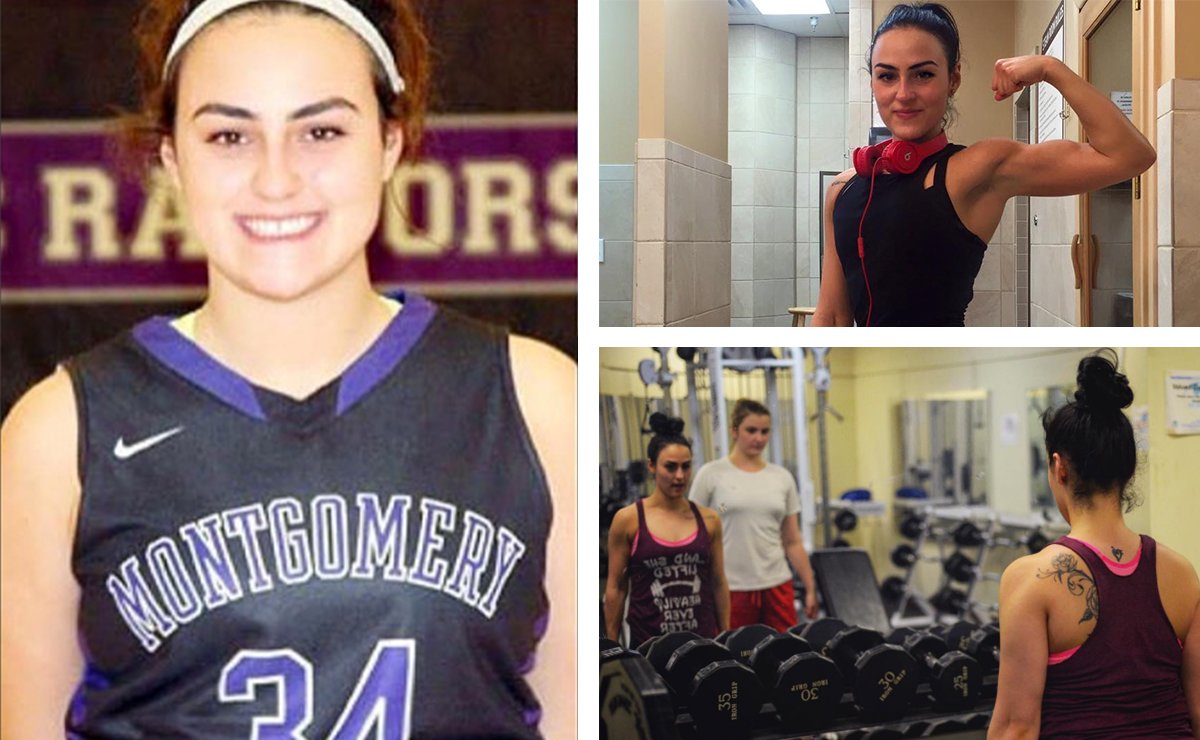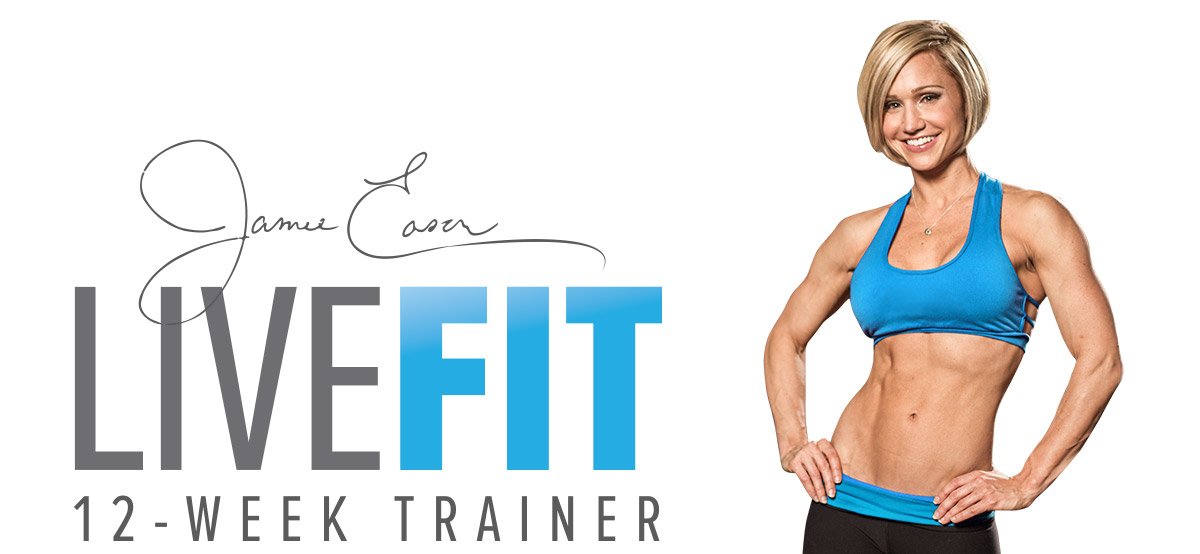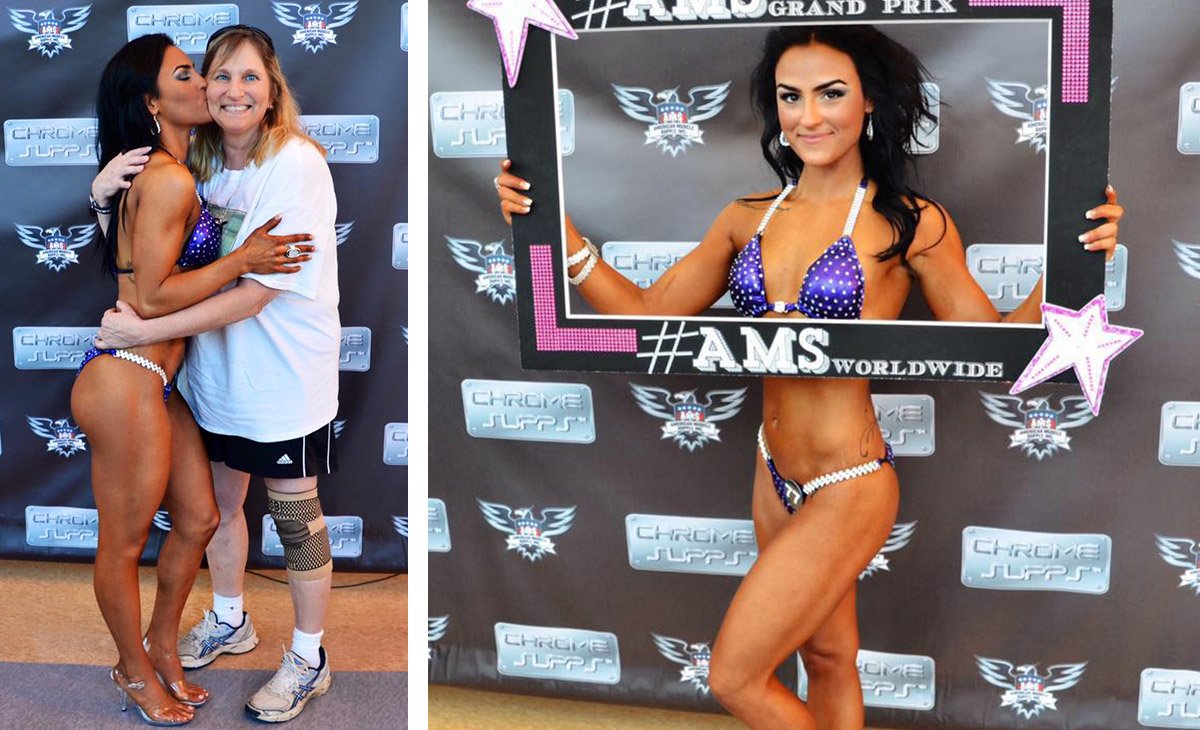GCU Women's Basketball hosts Seattle U February 20, 2020 at 6pm at GCU Arena.
Women's Training For Basketball! From Bodybuilding.com
Coach Sigmon and Physical Therapist Jay Isear of the Charlotte Hornets, who work with both men and women professional basketball players, explain the different approaches they take in training the two genders.
For every activity there is a specific way you should train to get maximal, timely results. Coach Falsone details his cardio workout for the Houston Rockets and Comets.

Basketball Cardiovascular Conditioning

The following are guidelines for an off-season basketball cardiovascular program, which is designed to increase the endurance and efficiency of your cardiorespiratory system.
The program consists of two components:
- Cardiovascular Training - (Aerobic Work)
- Sprint (Interval) Training - (Anaerobic Work)

Stage One: Cardiovascular Training - (Aerobic Work)

Cardiovascular training is crucial in order to build a solid base of conditioning. This type of training should be executed 3-4 days per week and can involve activities such as running, biking, hiking and swimming.
If you choose to run, perform these activities on a track or grass surface to alleviate stress on the knees. It is important that you realize that you DO NOT have to distance run every day in order to get an effective workout.
 Running is extremely effective, but it is also extremely stressful if done over long periods and distances. Cross-Training is an effective method to use in order to get results with little risk to your body. The stresses the body encounters doing a variety of activities is more beneficial to the athlete than the stresses encountered by doing the same old, tired routine. Also, the risk of injury is greater if you only take part in one activity.
Running is extremely effective, but it is also extremely stressful if done over long periods and distances. Cross-Training is an effective method to use in order to get results with little risk to your body. The stresses the body encounters doing a variety of activities is more beneficial to the athlete than the stresses encountered by doing the same old, tired routine. Also, the risk of injury is greater if you only take part in one activity.
Here are some examples of different forms of cardiovascular exercise along with suggested time limits:
- Exercise Bike - 30-45 minutes. Jogging - 30 minutes.
- Stairmaster - 30 minutes. Aerobics Class - 30 minutes.
- Water Exercise - 30 minutes. Versa Climber - 30 minutes.
Again, these are only a few suggestions. Use your imagination to create cross-training programs that will keep you interested and motivated.
Basic Max Heart Rate Calculator
Your Target Heart Rate must be maintained in order to gain the full benefit of cardiovascular training. At this point in time it is necessary that your Training Heart Rate (THR) fall between 70-75 percent of your Maximum Heart Rate (MHR).
To get an exact measurement, click here.

Stage Two: Sprint / Interval-Training

Anaerobic training involves the application of timed recovery periods following brief, but intense runs. This type of training is specific to the nature of basketball. In a game situation, play (work) is stopped when a timeout is called, or a penalty is assessed (rest interval). The goal of interval-training is to condition your body to become accustomed to not only the high-intensity running nature of the game but, also, the brief recovery periods.
While other players try to catch their breath during free throws, you are recovering. This results in the ability to sustain high-intensity output throughout an entire game. In order to make this possible, rest periods employed during anaerobic conditioning sessions will range from 1:1 to a 1:3 work/rest ratio. All rest periods have been predetermined for future training sessions.
Prior to sprint training, it is important that you warm up and stretch sufficiently. It is also necessary that you perform a sprint-specific warm up, in addition to your general warm-up and flexibility program. This will greatly assist you in preparing your muscles for high-intensity work, and help reduce the chance of an injury occurring.
Remember, stretching is not warming up. Sitting on your butt stretching has absolutely nothing to do with running. While stretching is important, understand that it is only part of the preparation protocol.
- General Warm Up - Designed to increase body temperature and to gradually elevate heart rate, similar to slightly revving your car engine on a cold morning, a mile jog, bike, treadmill, fast walk and jump rope all qualify as a general warm up. Duration of warm up should be from 5-10 minutes.
- Flexibility - Never stretch a cold muscle. Always performed following General Warm-up. Designed to increase the elasticity and circulation to muscles, and further prepares your body for exercise. When stretching, pay close attention to your quads, hamstrings and calves but don't neglect to perform upper body stretches as well. Sprinting is a total-body movement. Injury to any part of the body is a possibility if necessary steps of prevention are not taken.
- Sprint-Specific Warm Up - Specific to the nature and movement patterns of running. Performed prior to sprint training, the sprint-specific routine will help to loosen tight muscle groups in an Active, and Dynamic, way (also known as Active Warm Up and/or Dynamic Warm Up).
During your sprint workout it is important that you practice proper running technique. Arm gait (cheek-to-cheek), hnee drive (forward), body alignment and head tilt must be carefully monitored and maintained. Concentrate all movement forward, not across your body.
You will begin the sprint-training program with "strides" (75 percent), and will gradually increase intensity as the week's progress. Over the course of the off-season, the intensity (speed/effort) of the runs should increase, while the volume (in this case, distance), should decrease. Once you begin sprinting, all sprints must be performed as close to maximum as possible (90-100 percent), in order to benefit your performance.

The Final Stage: Basketball-Specific Metabolic Training

I think it is important to mention that the majority of our early work involves endurance running, and the later work tapers from long duration type sprints: 800m, 400m and 200m, to shorter, more intense, sprints such as 100m, 50m, 20m and 10m. When we get to the final stages of the off-season we are doing strict basketball-specific work; most all of it is performed on the basketball court.
This final preparation work involves conditioning drills with the ball and metabolic conditioning. An example of metabolic type work would be repeats, or rather, back-to-back runs with rest periods, that are specific to the nature of the game (see routine below). I have even gone so far as to design a position-specific metabolic program for my players.
Some of our players like to do their in-season conditioning work outside, as do some of the players undergoing rehabilitation. However, we are trying to duplicate the short, intense sprints that are done on the basketball floor.

Metabolic Conditioning Example

- Starting on baseline
- Sprint to free throw line - sprint back
- Immediately sprint to opposite baseline - sprint back
- Immediately sprint to halfcourt - backpedal backRest 25 seconds
- Lateral slide to free throw line (left arm lead) - slide back
- Sprint to halfcourt - backpedal back
- Lateral slide to free throw line (r. arm lead) - slide back
- Rest 25 seconds
I would repeat this type of drill, changing the commands on each, for a total of six reps. After 6 of these cycles have been completed, I give the player a 2-minute rest period, during which, the player will shoot free throws. Following the 2-minunte rest, we do another set of six. Again followed by 2-minunte rest with free throw shooting.
All in all, the player ATTEMPTS to complete six sets of this program. However, I can do as little or as much as I need, depending on what I am trying to accomplish. A player trying to maintain conditioning may need as little as two sets of six. A player trying to return to the court after injury will of course require more.

Conclusion

If you follow these guidelines, you will gradually build up your aerobic and anaerobic levels to meet the demands of the basketball season, but remember, be safe. Don't push yourself too hard early on. If you get ahead of schedule, you may overstress your body, which could lead to injury. Take your time, and do it right. You'll get to where you need to be by the start of the season. Good Luck!


